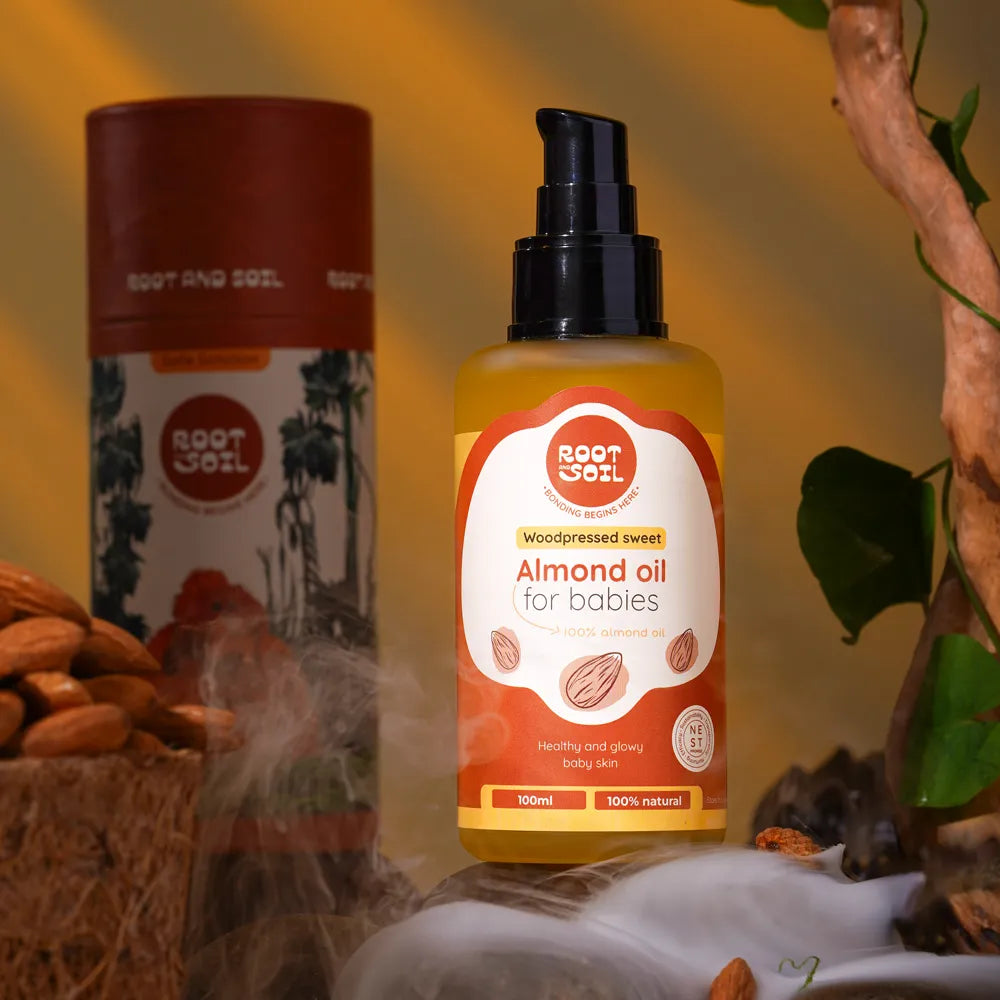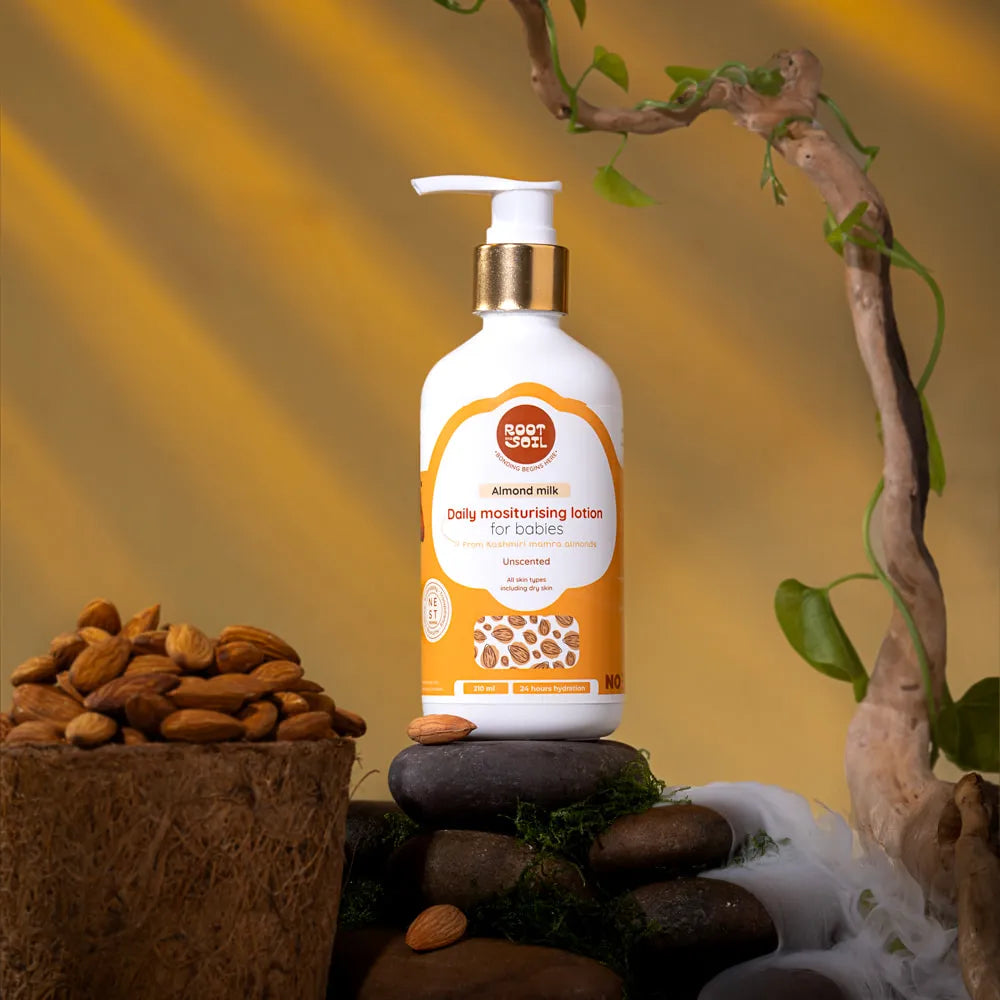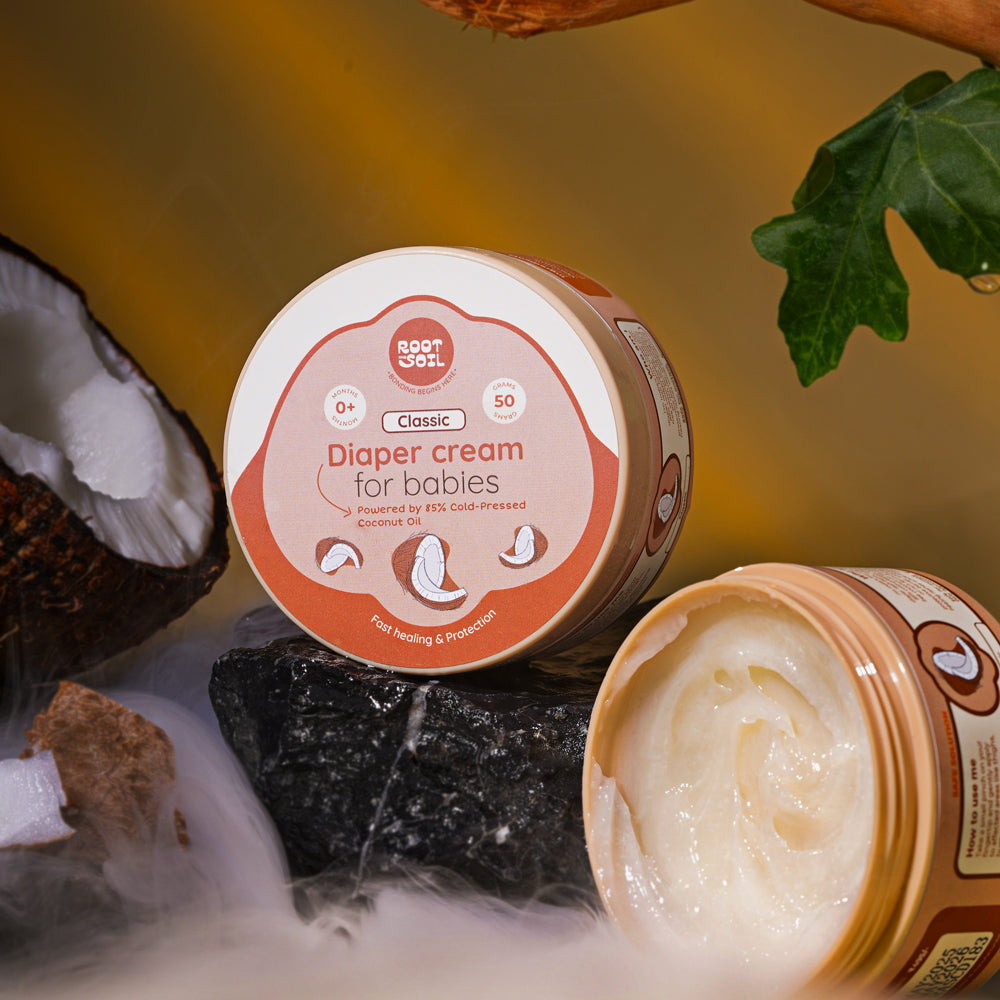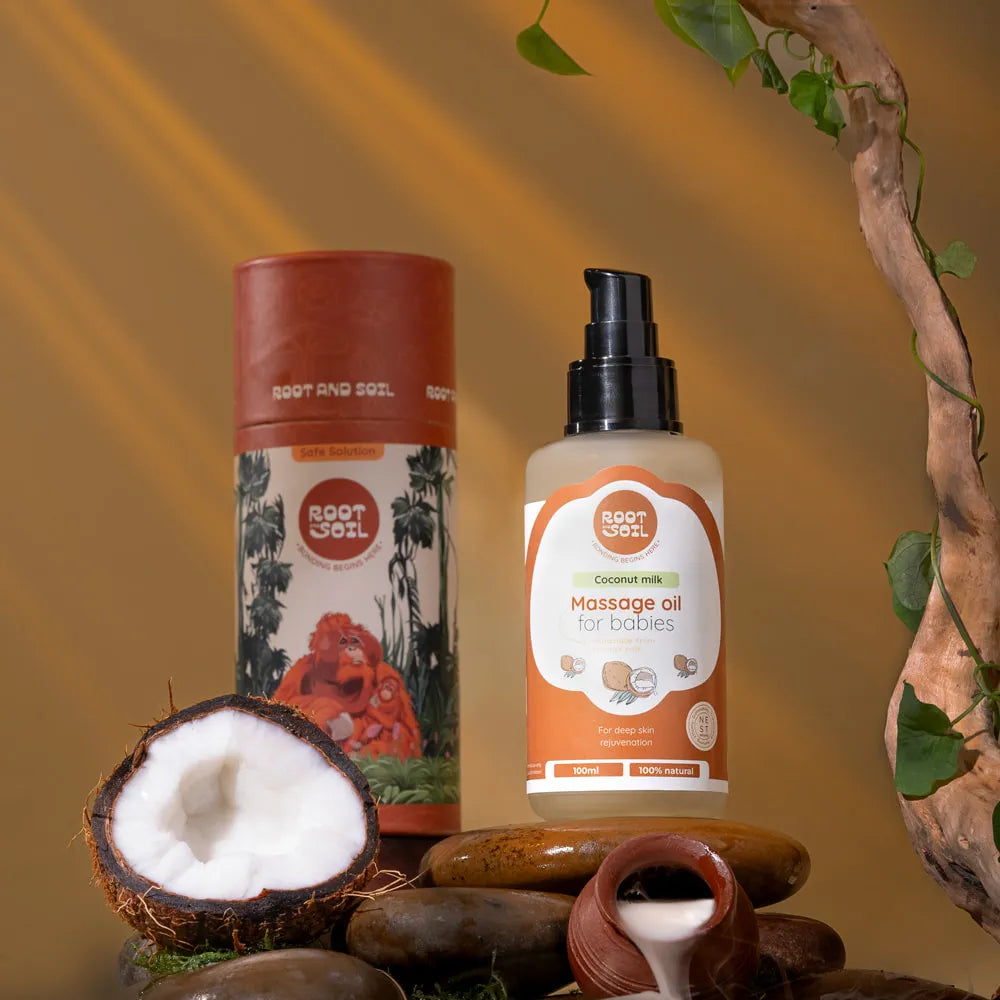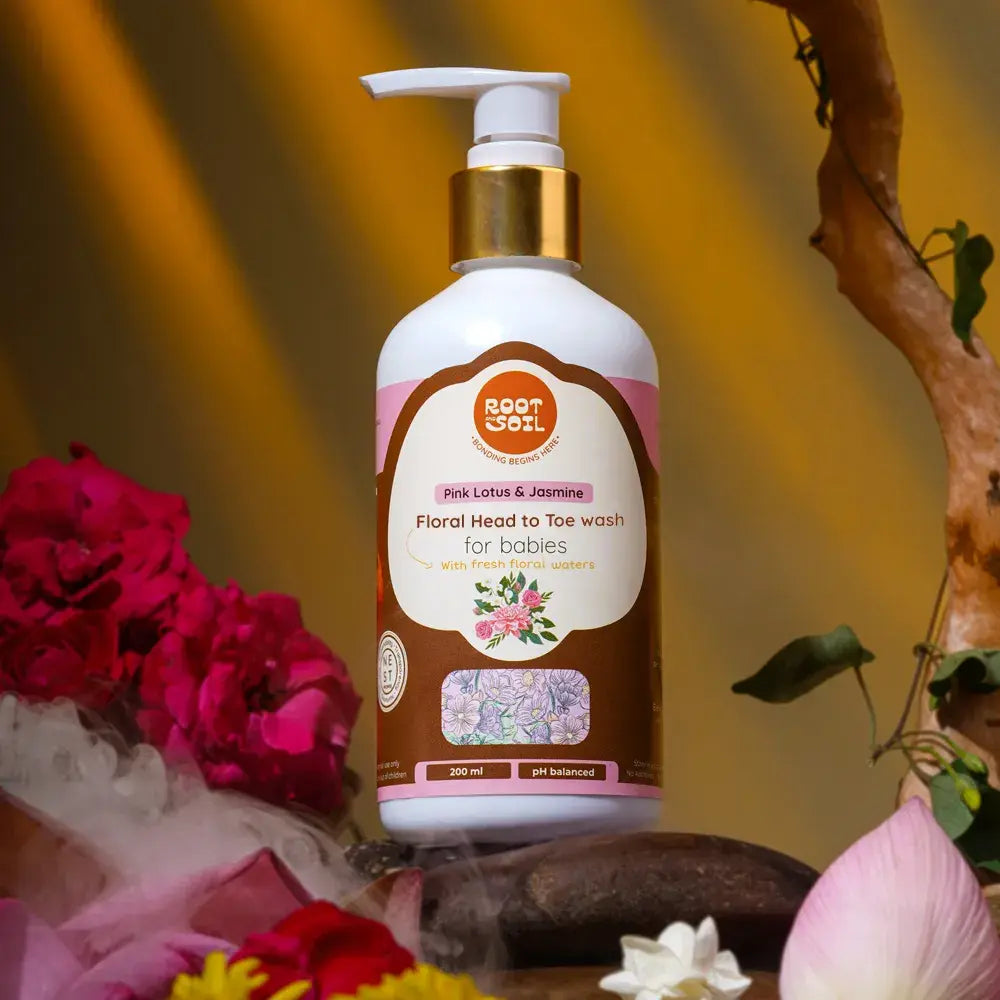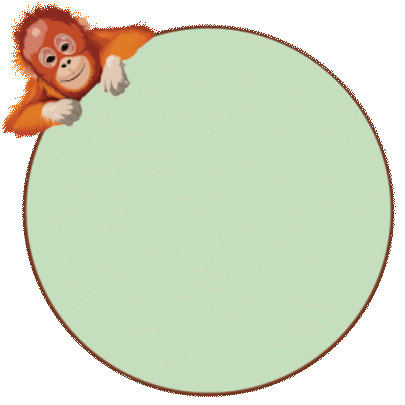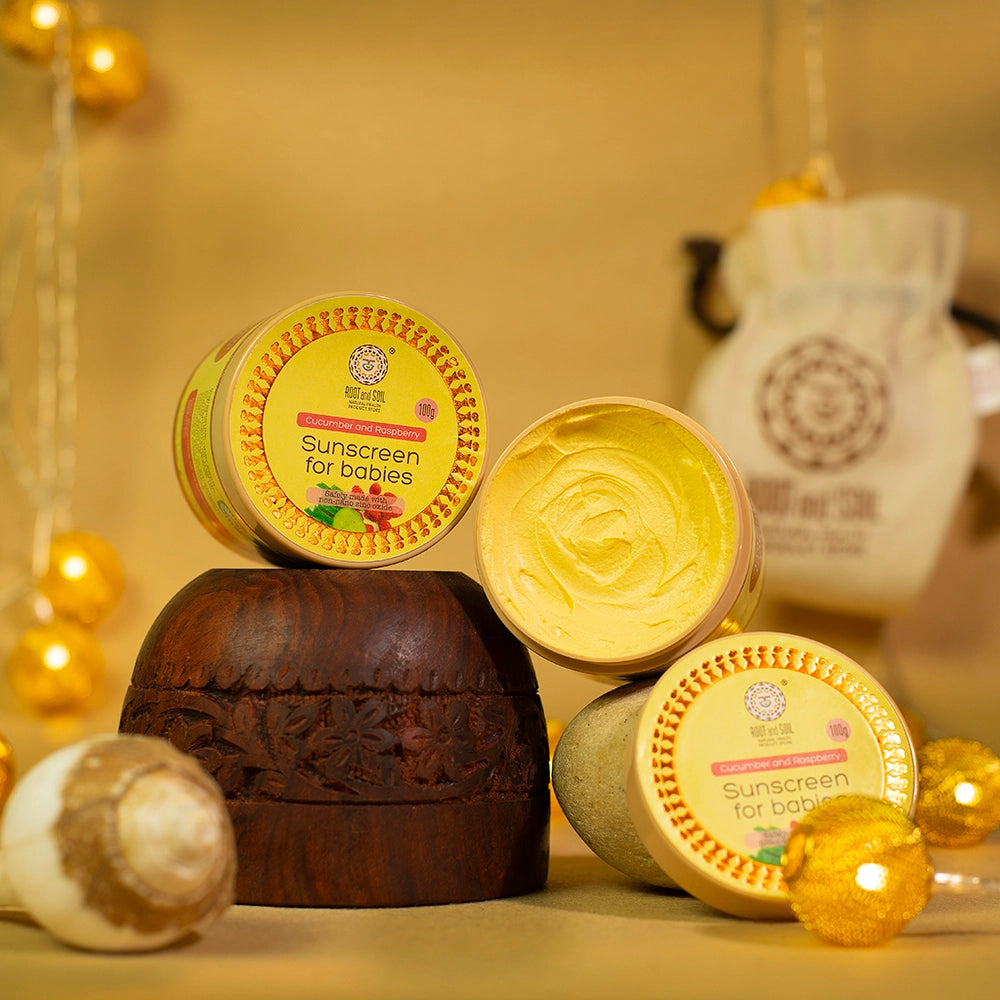
10 Must-Know Tips For Choosing Best Baby Sunscreen
1. HOW TO CHOOSE SPF FOR BABY SUNSCREEN:
SPF stands for Sun Protection Factor, and it's a measure of how well a sunscreen protects against UVB rays, the type of ultraviolet radiation primarily responsible for sunburn and skin cancer.
- SPF Rating: SPF is typically expressed as a numerical value, such as SPF 15, SPF 30, SPF 50, and so on. The number indicates the level of protection the sunscreen provides against UVB rays. A higher SPF results in increased protection.
- Sunburn Protection: SPF indicates how much longer you can stay in the sun without getting sunburned compared to when you're not wearing sunscreen. For example, if you would typically burn after 10 minutes in the sun without sunscreen, SPF 30 theoretically allows you to stay in the sun for 30 times longer without burning (10 minutes x 30 = 300 minutes).
- Percentage of Protection: SPF does not directly indicate the percentage of protection. Instead, it's a rough guide. SPF 15 filters out approximately 93% of UVB rays, SPF 30 filters out about 97%, and SPF 50 filters out about 98%. So, a higher SPF doesn't mean exponentially higher protection, but it does offer more protection.
- Application and Reapplication: It's essential to apply sunscreen generously and reapply it regularly, especially after swimming, sweating, or towel drying, as well as every two hours when outdoors. Failure to apply an adequate amount or reapply sunscreen can reduce its effectiveness, regardless of the SPF level.
SPF is a measure of how well a sunscreen protects against UVB rays and indicates how long you can stay in the sun without burning compared to when you're not wearing sunscreen. Higher SPF values provide more protection, but proper application and reapplication are essential for effectiveness. Additionally, choosing a broad-spectrum sunscreen ensures protection against both UVA and UVB rays for comprehensive sun protection.
2. BROAD-SPECTRUM IMPORTANCE:
When referring to sunscreen, broad-spectrum has a specific meaning related to its ability to protect against different types of ultraviolet (UV) radiation from the sun.
UV radiation is classified into two types: ultraviolet A and ultraviolet B.
- UVA: UVA rays penetrate deep into the skin and are associated with skin aging, wrinkling, and some skin cancers.
- UVB: UVB rays primarily affect the outer layer of the skin and are the main cause of sunburn and skin cancers.
Broad-spectrum sunscreen protects against both UVA and UVB radiation. This means it helps to prevent sunburn (caused by UVB) as well as premature aging and skin cancer (caused by UVA).
In contrast, sunscreens labeled as "narrow-spectrum" or simply "UVB protection" only protect against UVB rays, leaving the skin vulnerable to the damaging effects of UVA rays.
It's important to choose sunscreen labeled as broad-spectrum to ensure comprehensive protection against the harmful effects of UV radiation. This is especially crucial for reducing the risk of skin cancer and premature aging caused by sun exposure.
3. MINERAL-BASED SUNSCREEN
Mineral-based sunscreens, also known as physical sunscreens, utilize natural minerals as their active ingredients to protect against the sun's harmful ultraviolet (UV) rays. The two main minerals used in these sunscreens are non-nano zinc oxide and titanium dioxide.
- Active Ingredients: Mineral-based sunscreens contain either zinc oxide, titanium dioxide, or a combination of both as their active ingredients. To prevent UV rays from penetrating the skin's surface, these minerals create a physical barrier on the skin.
- Protection Mechanism: Unlike chemical sunscreens, which absorb UV radiation and convert it into heat, mineral-based sunscreens work by sitting on top of the skin and physically blocking UV rays. They create a protective layer that reflects both UVA and UVB rays away from the skin, reducing the risk of sunburn, premature aging, and skin cancer.
- Broad-Spectrum Protection: Mineral-based sunscreens provide broad-spectrum protection, meaning they shield the skin from both UVA and UVB rays. This comprehensive protection helps prevent sunburn and long-term damage associated with sun exposure, including wrinkles, age spots, and skin cancer.
- Gentle on the Skin: Mineral-based sunscreens are often preferred by individuals with sensitive skin or allergies to chemical sunscreen ingredients. They tend to be less irritating and are suitable for people with various skin types, including those prone to acne or rosacea.
- Environmental Considerations: Mineral-based sunscreens are considered environmentally friendly because they do not contain chemical ingredients that can harm marine life or coral reefs. They are often recommended for use in sensitive ecosystems, such as coral reefs, where chemical sunscreens can contribute to coral bleaching and other ecological damage.
- White Cast: One drawback of mineral-based sunscreens is that they can sometimes leave a white cast on the skin, especially if not properly blended. However, newer formulations often use micronized or nanosized particles to minimize this effect while still providing effective protection.
4. REAPPLY SUNSCREEN AFTER SWIMMING OR SWEATING
It is essential to reapply sunscreen after swimming or sweating, as water and sweat can reduce the effectiveness of the sunscreen and wash it away from the skin. Here's why reapplication is necessary and some guidelines for doing so effectively:
- Loss of Protection: Water and sweat can break down the sunscreen's protective barrier, reducing its effectiveness in blocking UV rays. This can leave your skin vulnerable to sunburn, premature aging, and skin cancer.
- Towel Drying: Even if you're not swimming, towel drying can remove sunscreen from the skin. Therefore, it's crucial to reapply sunscreen after toweling off, especially if you've been sweating.
- Frequency: Dermatologists recommend reapplying sunscreen every two hours when outdoors, regardless of whether you're swimming or sweating. If you're swimming or sweating heavily, it's advisable to reapply sunscreen more frequently, such as every 40 to 80 minutes, depending on the sunscreen's water resistance level.
- Proper Application: When reapplying sunscreen, make sure to use enough product to cover all exposed skin adequately. Don't forget areas that are often overlooked, such as the ears, back of the neck, tops of the feet, and scalp (if not covered by hair).
- Sun Protection Measures: In addition to sunscreen, consider using other sun protection measures, such as wearing protective clothing (including hats and sunglasses), seeking shade during peak sun hours, and avoiding prolonged sun exposure.
By reapplying sunscreen after swimming or sweating and following proper sun protection practices, you can help reduce your risk of sunburn, skin damage, and skin cancer caused by UV radiation.
5. PATCH TEST BEFORE USING IT:
A patch test is a method used to check for potential allergic reactions or skin sensitivities to a product before using it extensively.
- Pick a tiny, discrete spot on your baby's skin, such as the region behind their ears or on their inner forearm.
- Cleanse and dry the chosen area of the skin thoroughly.
- Apply a small amount of the sunscreen to the patch test area.
- Leave the sunscreen on the skin for 24-48 hours, avoiding washing or rubbing the area.
- Monitor the patch test area for any signs of redness, irritation, swelling, itching, or other skin reactions during and after the test period.
- If any adverse reactions occur, wash the area with mild soap and water, discontinue use of the sunscreen, and consult with a healthcare provider.
- If no adverse reactions occur during the patch test period, the sunscreen is likely safe to use on your baby's skin.
Performing a patch test can help ensure the safety and suitability of the sunscreen for your baby's delicate skin, especially if they have a history of skin sensitivities or allergies.
6. AVOID SUN EXPOSURE DURING PEAK HOURS
- Avoiding sun exposure during peak hours is an important sun protection strategy to reduce the risk of sunburn, skin damage, and skin cancer caused by ultraviolet (UV) radiation. Peak hours refer to the time of day when the sun's rays are most intense, typically between 10 a.m. and 4 p.m.
- Intensity of UV Radiation: UV radiation from the sun is strongest during peak hours, especially between late morning and early afternoon when the sun is highest in the sky. During these hours, the Earth's atmosphere is less effective at filtering out UV rays, leading to increased UV exposure.
- Increased Risk of Sunburn: Exposure to intense UV radiation during peak hours significantly increases the risk of sunburn, which can cause pain, redness, blistering, and peeling of the skin. Sunburn not only damages the skin in the short term but also increases the risk of skin cancer in the long term.
- Higher Risk of Skin Damage: Prolonged sun exposure during peak hours can lead to cumulative damage to the skin, including premature aging (such as wrinkles, age spots, and sagging skin) and a higher chance of developing skin cancer, especially melanoma, the worst type of the disease.
- UV Index: The UV Index, a measure of the intensity of UV radiation from the sun, is typically highest during peak hours. The danger of sunburn and skin damage increases with a higher UV index. Checking the UV Index forecast can help you plan outdoor activities and determine when to seek shade or avoid sun exposure.
7. BABIES DRESS FOR SUN EXPOSURE:
Dressing babies appropriately for sun exposure is crucial for protecting their delicate skin from harmful UV radiation.
- Lightweight Clothing: Dress your baby in lightweight, loose-fitting clothing that covers as much skin as possible. Opt for long-sleeved shirts, long pants, and wide-brimmed hats to provide maximum coverage.
- Tightly Woven Fabrics: Choose clothing made from tightly woven fabrics that offer better sun protection. Avoid clothing with a loose or open weave, as it may allow UV rays to penetrate.
- Bright Colors and Patterns: Bright colors and bold patterns can help reflect sunlight away from the skin, providing additional protection. Keep in mind that dark colors may absorb more heat and make your baby feel hotter, so lighter colors are preferable.
- UPF Clothing: Consider clothing specifically designed for sun protection, labeled with a UPF (Ultraviolet Protection Factor) rating. UPF clothing is specially treated to block UV rays and provides an extra layer of defense against sunburn and skin damage.
- Wide-Brimmed Hats: Choose hats with wide brims that shade your baby's face, neck, and ears from the sun. Look for hats with UPF protection or tightly woven fabrics for added sun protection.
- Sunglasses: If your baby will tolerate them, consider investing in sunglasses with 100% UV protection to shield their eyes from harmful UV rays. Look for sunglasses specifically designed for infants and toddlers with shatterproof lenses and a comfortable fit.
- Avoiding Direct Sunlight: Whenever possible, keep your baby in the shade to minimize sun exposure. Use umbrellas, canopies, or stroller shades to create shade when outdoors.
By dressing your baby in appropriate clothing and taking other sun protection measures, you can help protect their delicate skin from sunburn, premature aging, and long-term skin damage caused by UV radiation. Always prioritize sun safety when spending time outdoors with your baby.
8. SAFETY FOR BABIES UNDER 6 MONTHS OLD
It is essential to keep babies under 6 months old out of direct sunlight as much as possible.
- Thin and Delicate Skin: Babies' skin is much thinner and more delicate than that of adults, making it more susceptible to damage from ultraviolet (UV) radiation. Their skin has less melanin, the pigment that provides natural sun protection, which means they are more vulnerable to sunburn and skin damage.
- Risk of Sunburn: Babies under 6 months old have a higher risk of sunburn because their skin has not yet developed sufficient natural protection against UV radiation. Even brief exposure to direct sunlight during peak hours can lead to sunburn, discomfort, and potential long-term skin damage.
- Inability to Regulate Body Temperature: Babies have a limited ability to regulate their body temperature, and prolonged exposure to direct sunlight can increase their risk of overheating and heat-related illnesses, such as heat exhaustion and heatstroke.
- Potential for Dehydration: Sun exposure can increase the risk of dehydration in babies, especially if they become overheated or sweat excessively. Keeping babies out of direct sunlight helps prevent excessive heat exposure and reduces the risk of dehydration.
- By keeping babies under 6 months old out of direct sunlight and taking other sun protection measures, you can help safeguard their delicate skin and overall health during their first few months of life.
9. BE CAUTIOUS AROUND WATER AND SAND AS THEY CAN INTENSIFY SUNLIGHT
It is crucial to be cautious around water and sand, as they can reflect and intensify sunlight, increasing the risk of sunburn and skin damage.
Reflective Surfaces: Water and sand are highly reflective surfaces that can bounce sunlight back onto a baby's skin, even if your baby is in the shade or wearing protective clothing. This reflection can significantly increase your UV exposure and the risk of sunburn, especially on exposed areas of the body like the face, shoulders, and legs.
- UV Intensity: The reflection of sunlight off water and sand can amplify the intensity of UV radiation. This means that even brief exposure to these reflective surfaces can lead to rapid sunburn and skin damage, particularly during peak sun hours when UV levels are highest.
- Prolonged Exposure: Spending extended periods near water or on sandy beaches without adequate sun protection can result in severe sunburn, dehydration, and heat-related illnesses. It's essential to take precautions to minimize UV exposure and protect your baby and your family from the harmful effects of the sun.
10. PEDIATRICIAN RECOMMENDATION
Pediatricians typically recommend specific types of sunscreen for babies to ensure their delicate skin is adequately protected from the sun's harmful ultraviolet (UV) rays.
- Physical or Mineral-Based Sunscreens: Pediatricians often recommend using physical or mineral-based sunscreens for babies, especially those under six months old. These sunscreens contain active ingredients like non-nano zinc oxide, which create a physical barrier on the skin to reflect and scatter UV rays away from the skin's surface. Mineral-based sunscreens are less likely to cause skin irritation or allergic reactions, making them suitable for babies with sensitive skin.
- Broad-Spectrum Protection: Choose a sunscreen labeled "broad-spectrum," which means it protects against both UVA and UVB rays. UVA rays can penetrate deep into the skin and contribute to premature aging and skin cancer, while UVB rays primarily cause sunburn.
- SPF 30 or Higher: Select a sunscreen with a Sun Protection Factor (SPF) of 30 or higher. SPF 30 sunscreen blocks approximately 97% of UVB rays, providing adequate protection for most babies. Higher SPF values offer slightly more protection but may not be significantly more effective. Every two hours, or more frequently if your infant is swimming or perspiring, reapply sunscreen.
- Fragrance-Free and Hypoallergenic: Look for sunscreens that are fragrance-free and hypoallergenic to reduce the risk of skin irritation or allergic reactions. Avoid sunscreens containing potential allergens or irritants such as oxybenzone, PABA (para-aminobenzoic acid), and fragrances.
- Non-Nano Zinc Oxide: Pediatricians recommend choosing sunscreen with non-nano zinc oxide particles. Non-nano zinc oxide particles are larger and less likely to be absorbed into the skin, reducing the risk of potential health concerns associated with nano-sized particles.
-
Consultation with a Pediatrician: It's always a good idea to consult with your pediatrician before applying sunscreen to your baby, especially if your baby has sensitive skin or underlying health conditions.

Why choose Root and Soil Mineral Baby Sunscreen?
Root and Soil's Natural Baby Sunscreen
Root and Soil Natural Baby Sunscreen offers superior sun protection for your little one, with a broad-spectrum SPF of 35+ achieved through high-performing natural oils. This mild, mineral-based product is made especially to protect your baby's sensitive skin from UVA and UVB radiation, providing secure and efficient sun protection.
Key Ingredients for Natural UV Protection
SPF 35+ Broad-Spectrum Protection: Root and Soil's Natural Baby Sunscreen provides broad-spectrum protection against both UVA and UVB rays, safeguarding your baby's skin from sun damage.
Non-Nano Zinc Oxide: The sunscreen is formulated with non-nano zinc oxide, a mineral sunscreen ingredient that sits on top of the skin, creating a physical barrier to block out harmful UV rays.
Carrot Seed Oil: Carrot seed oil contains carotenoids like beta-carotene, which offer natural protection against UV radiation, helping to shield delicate baby skin from the sun's harmful rays.
Wheat Germ Oil: Wheat germ oil is rich in vitamin E, providing antioxidant protection against sun damage while deeply moisturizing a baby's skin, keeping it soft and supple.
Cucumber Seed Oil: Cucumber seed oil soothes and calms the baby's skin while providing deep hydration and anti-inflammatory properties to soothe sun-exposed or irritated skin.
Raspberry Oil: Raspberry oil offers natural UV protection, antioxidant benefits, and skin nourishment, further enhancing the sunscreen's effectiveness.
Mango Butter: Mango butter provides moisturizing and softening properties, helping to keep the baby's skin supple and smooth.
Coconut Milk Oil: Coconut milk oil moisturizes and hydrates a baby's skin while offering additional moisturizing benefits and a lightweight feel.
Choosing the Best Sunscreen for Your Baby
When selecting a sunscreen for your baby, it's essential to consider factors such as SPF level, ingredients, and suitability for sensitive skin. Root and Soil's Natural Baby Sunscreen ticks all the boxes, offering high SPF protection, mineral-based ingredients, and gentle care for delicate baby skin. By opting for a natural sunscreen like Root and Soil's, you can rest assured that you're providing your little one with the best possible protection against sun damage.
